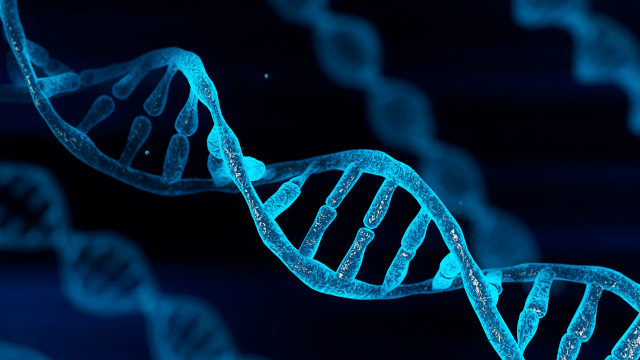Welcome to Ask Giz, where we answer curious questions from all over the Gizmodo world.
If you’d like to submit a question, feel free to shoot it through on our master page. We love questions from all over the tech, science, health, weird and wonderful worlds, so if you’re curious about anything, send it over.
Our question today is one that I’ve long since forgotten the answer to since high school science: what is DNA?
Usually, this abbreviation is paired with images of double helixes and explanations for genetic compositions, but it’s a complex term on its own. So, let’s dive into it.
What is DNA and what does it stand for?
DNA, which stands for deoxyribonucleic acid, is the material that makes up the genetics of humans (and almost all other organisms, according to Medline Plus). Yourgenome.org likens it to a recipe book that “holds the instructions for making all the proteins in our bodies”.
You’re likely most familiar with the shape of DNA, the double helix. Theoretically, this is what DNA looks like, with the two strands of DNA intertwined, capable of replicating within the cells of your body, as if it were code.
These strands are made up of sugars and phosphate groups, according to ancestry.com, with pairs of nitrogenous bases running up between the DNA strands.
This leads us to another term you may be familiar with: ATCG.
What is DNA made of?
DNA is comprised of chemical bonds and ATCG, which abbreviates the four types of DNA: adenine, thymine, cytosine and guanine.
A will always pair with T, and C with G, with each carrying specific sets of genetic data. These are paired together with hydrogen bonds, with the strands of DNA held together by hydrogen bonds as well.
The human genome is made up of 3.2 billion bases of DNA, which replicate in different forms across the body. This genetic code is important to your own physical growth, development and identity as an organism, which is why it’s often paired with discussions of cloning.
In the simplest explanation possible, DNA is the microscopic material in your body, located inside your cells, that divides and replicates to keep your body sustained.
It’s that simple
If you’ve got a burning question you’d love Gizmodo Australia to answer, we’d love to hear it.
Ask Giz is a fortnightly series where we answer your questions, be it tech, science, gadget, health or gaming related. This is a reader-involved series where we rely on Gizmodo Australia’s audience to submit questions. If you have a question for Giz, you can submit it here. Or check out the answer to our last Ask Giz: What is the longest word in the world?
